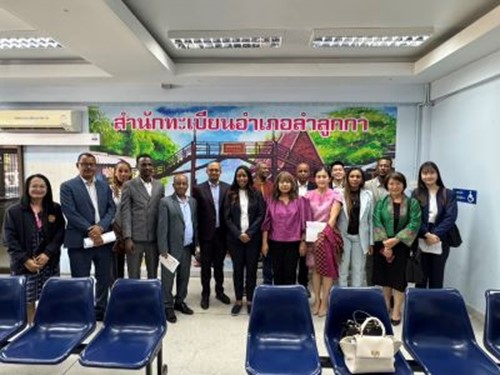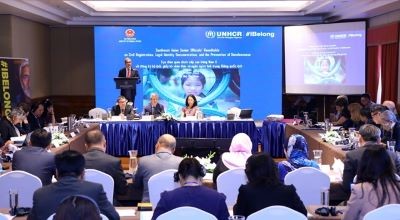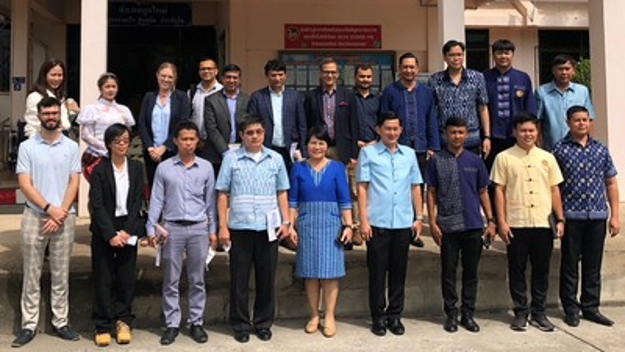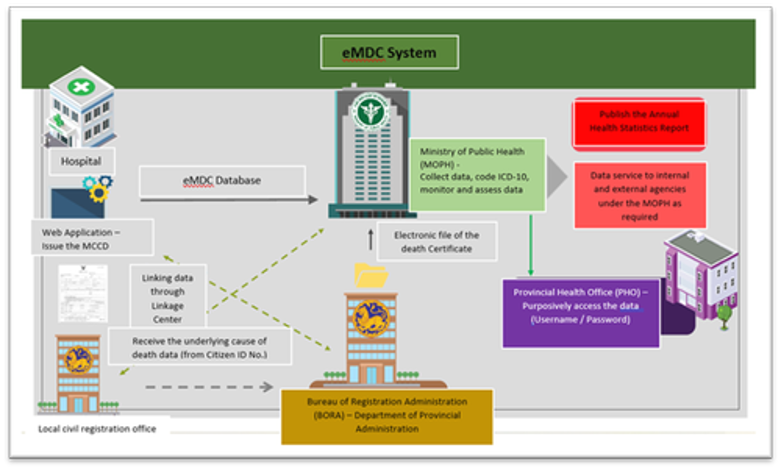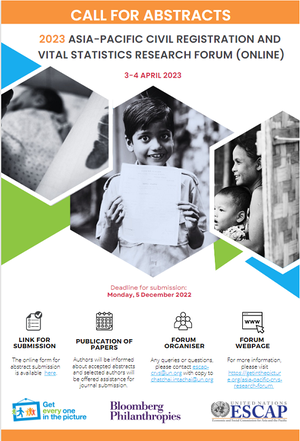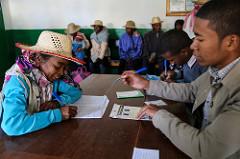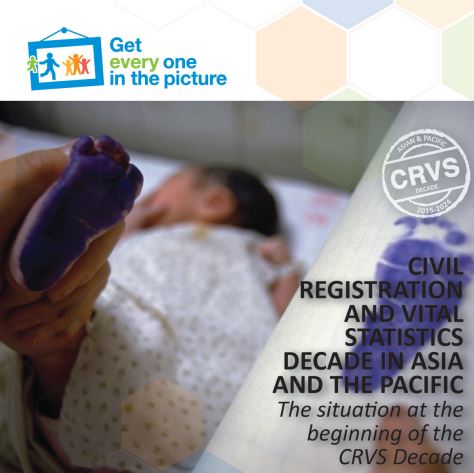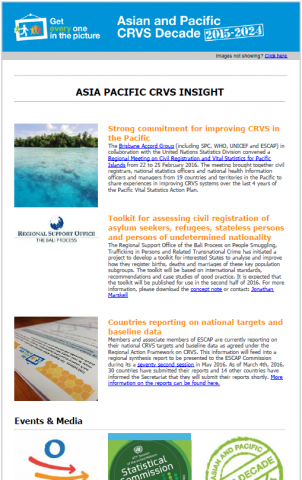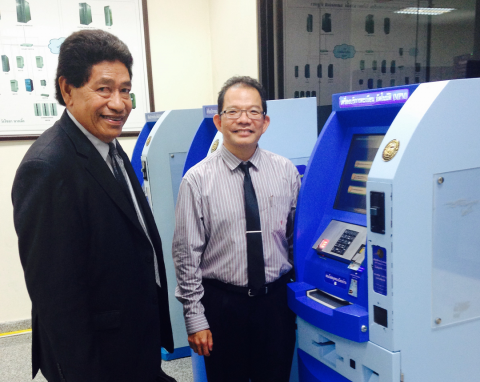Civil Registration system in Thailand is centralized, automated and fully digitalized. Currently all provincial registration offices and almost all of the district registration offices are on-line, collecting and transferring data to the central database in real-time. The computerized population database project started in 1982.
Civil Registration is the responsibility of Ministry of Interior (MOI) and is carried out by Bureau of Registration and Administration (BORA) and the Civil Registration Division under the Department of Local Administration.
Vital statistics are produced by the Ministry of Public Health (MOPH), using both data from the MOI and standardized data sets primarily used for the public insurance purposes. The two ministries have been collaborating since 1996, which allows for more accurate and timely data.
Birth registration needs to be completed within 15 days, and in only 24 hours for death registration. Both registrations are free. Because of the high number of deaths occurring outside of health facilities, Thailand had to implement a special program aimed at enhancing the cause of death coding, providing medical training. At the beginning of the CRVS Decade, Thailand was close to a complete civil registration system, with an estimated 98% of births and deaths registered.
Ms. Suchada Khumwong, Information Technology and Data System Senior Specialist (Computer Technical Officer, Expert Level), Bureau of Registration Administration (BORA), Department of Provincial Administration, Ministry of Interior
 | Goal 1. Universal civil registration of births, deaths and other vital events |
Goal 1 Targets:
 |
Goal 2. All individuals are provided with legal documentation of civil registration of births, deaths and other vital events, as necessary, to claim identity, civil status and ensuing rights |
Goal 2 Targets:
 |
Goal 3. Accurate, complete and timely vital statistics (including on causes of death) are produced based on registration records and are disseminated |
Goal 3 Targets:
 |
Goal 1. Universal civil registration of births, deaths and other vital events |
Goal 1 is an expression of the internationally accepted principle of the universal coverage of civil registration. The CRVS system should register all vital events occurring in the territory and jurisdiction of the country or area, including among hard-to-reach and marginalized populations.
National Targets:
BASELINE
2014100%
MIDTERM
201899%
TARGET
2024100%
MIDTERM
201699.5%
TARGET
2024100%
TARGET
2024100%
Note: This country has not submitted estimates for the number of deaths for all years. The level of completeness of death registration was therefore assessed with international estimates for every year, to allow comparison. These measurements are therefore to be interpreted with caution.
baseline
201489%
MIDTERM
201890%
TARGET
2024100%
baseline
2014100%
MIDTERM
2018100%
TARGET
2024100%
 |
Goal 2. All individuals are provided with legal documentation of civil registration of births, deaths and other vital events, as necessary, to claim identity, civil status and ensuing rights |
Goal 2 reflects that CRVS systems provide legal documentation of civil registration to individuals and families for legal and administrative purposes. Legal documentation is strongly linked with a broad range of rights and activities, in particular legal identity. This goal addresses the distinction between the civil registration of a vital event and the possession of formal proof that it took place, in the form of legal documentation.
National Targets:
baseline
2013100%
MIDTERM
2018100%
TARGET
2024100%
baseline
2013100%
MIDTERM
2018100%
TARGET
2024100%
 |
Goal 3. Accurate, complete and timely vital statistics (including on causes of death) are produced based on registration records and are disseminated |
Goal 3 highlights the critical importance of civil registration being linked to the production and quality assurance of vital statistics on the occurrence and characteristics of vital events.
National Targets:
TARGET
Target achieved
TARGET
Target achieved
Note: This target was not monitored as part of the Midterm Questionnaire on the Implementation of the Regional Action Framework for CRVS in Asia and the Pacific.
baseline
201497%
TARGET
2024100%
baseline
201329.7%
MIDTERM
201824.3%
TARGET
202420%
Note: In light of recent countries’ experiences, Verbal autopsy is not encouraged to be applied to a large population scale, but rather on a representative sample. To reflect this, Target 3E is not anymore monitored by the coverage percentage of Verbal autopsy, but by the use or not of Verbal autopsy and its different applications.
MIDTERM
Yes
TARGET
2024Yes
TARGET
Target achieved
TARGET
Target achieved
TARGET
Target achieved

National Coordination Mechanism
Status in Thailand: Not started

Comprehensive Assessment
Status in Thailand: Not started

National Targets for 2024
Status in Thailand: Complete

Monitoring & Reporting Plan
Status in Thailand: Not started

Inequality Assessment
Status in Thailand: Complete

National Strategy
Status in Thailand: Complete

National Focal Point
Status in Thailand: Complete

Reporting to ESCAP - Baseline
Status in Thailand: Complete

Reporting to ESCAP - Midterm
Status in Thailand: Complete



